Recycling has become second nature for many of us, but most people only think of bottles, cans, and paper. Yet, a surprising number of everyday items that usually end up in the trash can actually be recycled. Expanding your recycling habits can reduce waste, conserve resources, and even save money. From household items to office supplies, learning what can be recycled is a small step that makes a big difference. Here are twelve items you probably didn’t know could be recycled.
1. Toothbrushes and Toothpaste Tubes
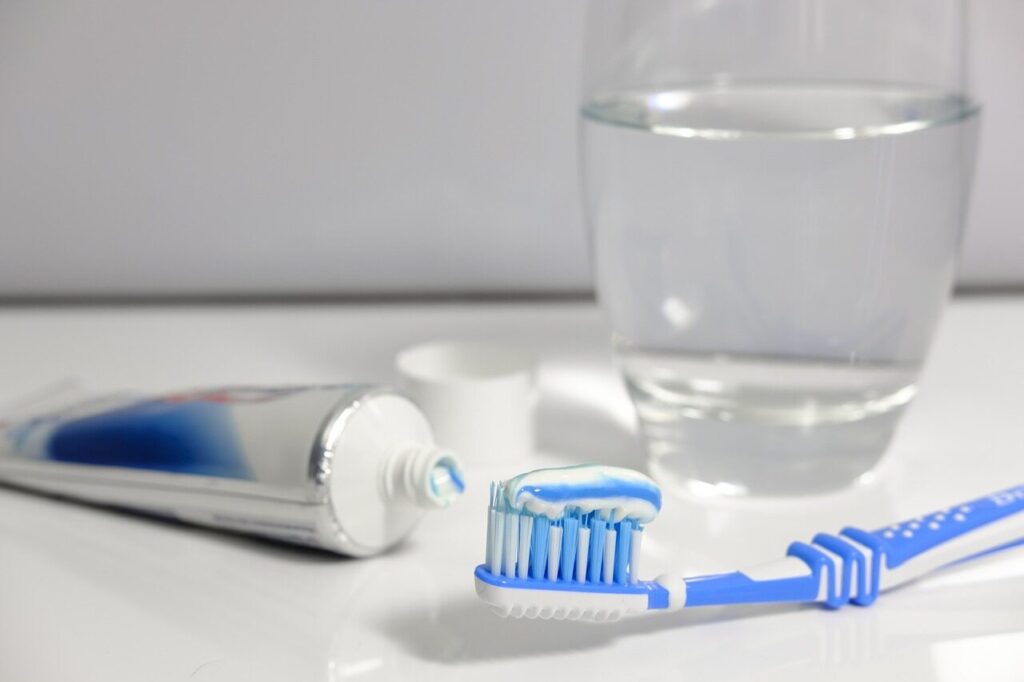
Most toothbrushes and toothpaste tubes end up in landfills, but specialized recycling programs accept them. While standard curbside bins won’t take them, companies like TerraCycle collect used oral care items. Toothbrushes are typically made of multiple plastics, which are hard to recycle conventionally. By sending them to these programs, they can be broken down into plastic pellets and reused in products such as park benches or new toothbrushes. Small steps like this reduce microplastic pollution and save valuable materials.
2. Aluminum Foil and Wrappers
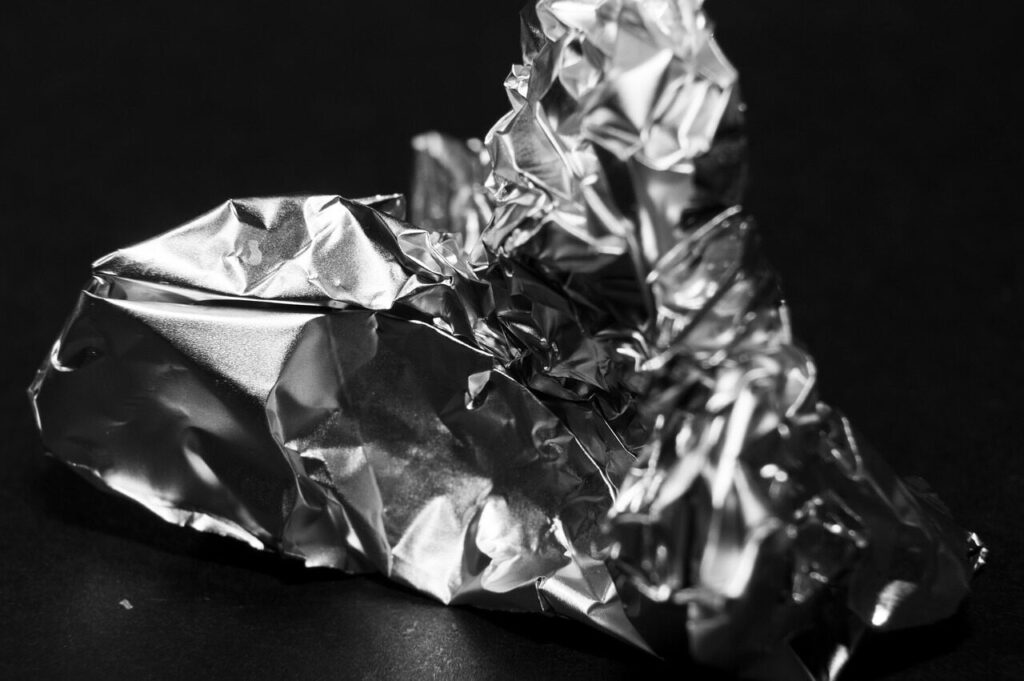
Many people assume aluminum foil and candy wrappers are trash, but clean aluminum foil can be recycled. Wrappers made from pure aluminum or certain mixed materials are sometimes accepted through special programs. Make sure the foil is free of food residue and crumple it into a ball to make processing easier. Recycling these items saves energy and reduces the need to mine fresh aluminum, which is resource-intensive. Even small pieces, when collected, can make a meaningful difference to the planet.
3. Shoes and Sneakers
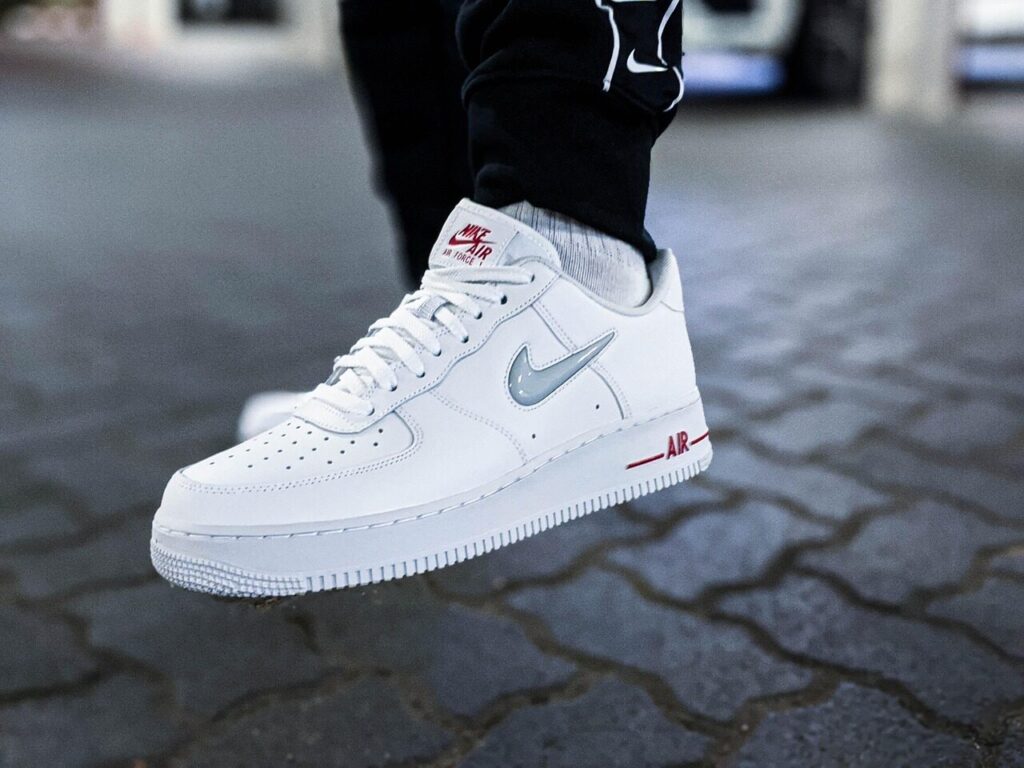
Old shoes are often discarded because they’re worn out, but many can be recycled. Programs like Nike’s Reuse-A-Shoe accept sneakers of all brands, which are shredded and repurposed for playground surfaces or sports courts. Leather and canvas shoes can sometimes be reused or upcycled. Separating the materials before recycling increases efficiency. This is an excellent way to keep durable materials from piling up in landfills and contributes to a more circular economy, giving old footwear a new life instead of letting it decompose.
4. Compact Discs and DVDs
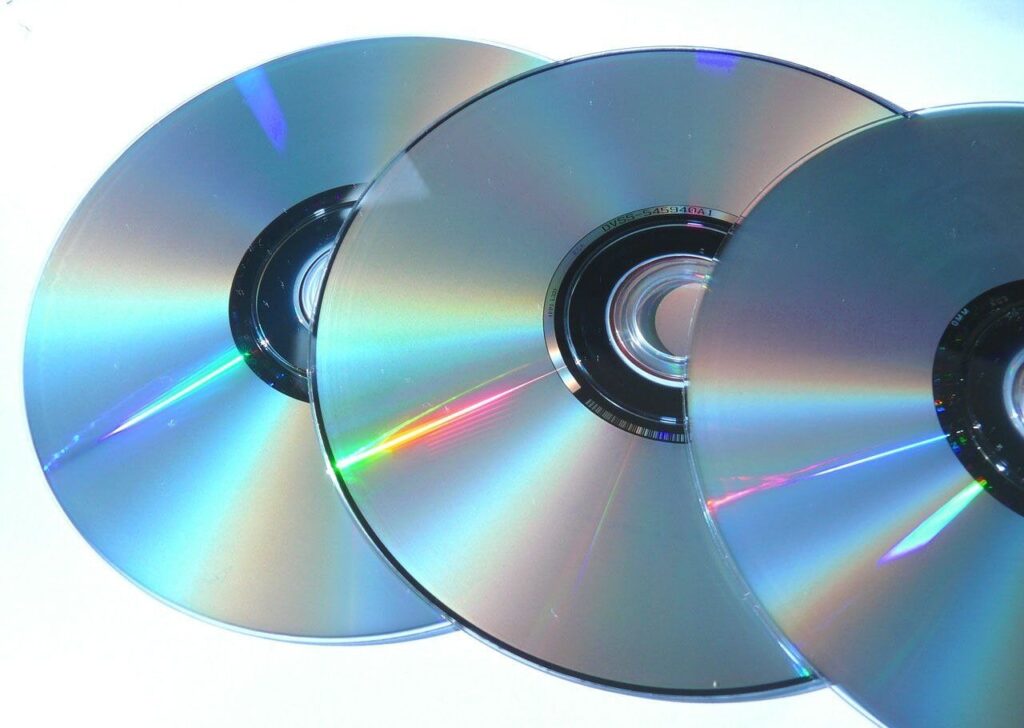
CDs, DVDs, and even old video game discs are recyclable, though they’re made from tricky plastics. Specialized recycling centers can process the polycarbonate material, breaking it down into pellets for new products. Avoid throwing them in curbside bins, as they can jam recycling machines. Some stores also have collection points for electronics and media. Recycling these items prevents plastic waste and reduces the demand for raw materials. It’s a simple action that keeps old media from cluttering homes and polluting the environment.
5. Ink Cartridges
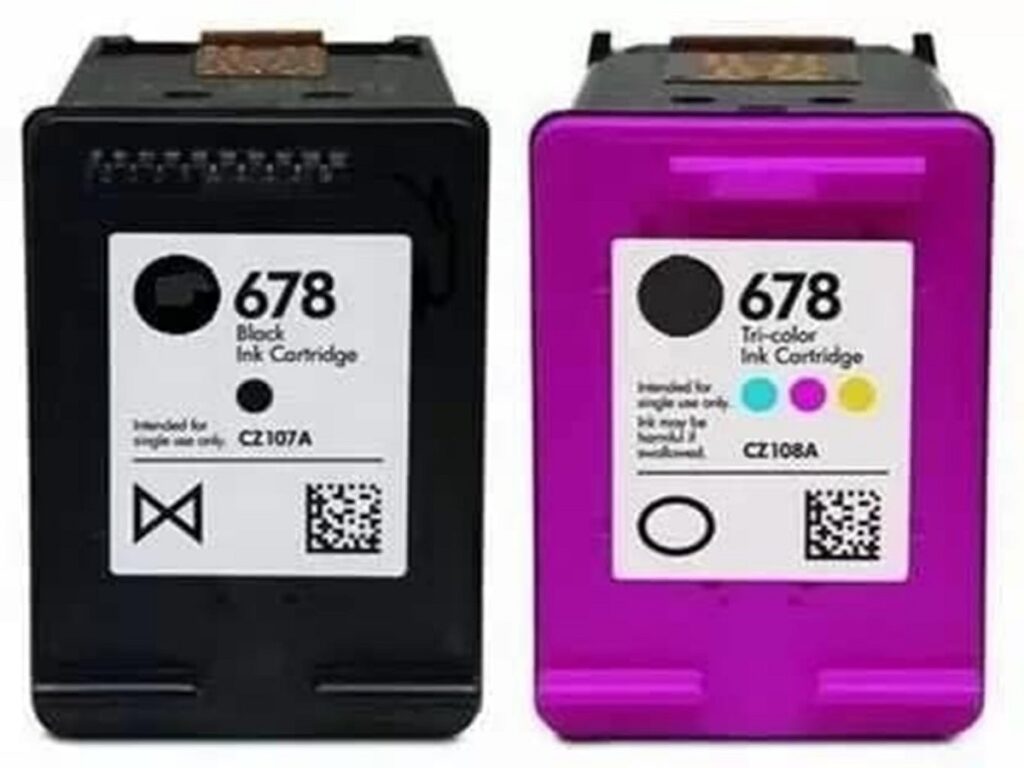
Printer ink cartridges are often discarded once empty, but they’re highly recyclable. Many manufacturers run take-back programs to refill or properly recycle cartridges. Plastic and metal parts can be recovered and repurposed, while leftover ink can be safely processed. Recycling cartridges reduces landfill waste and limits the need for new petroleum-based plastics. Instead of tossing them, store used cartridges and drop them off at a designated collection point or mail them through a recycling program. Small actions like this have a surprisingly large impact.
6. Light Bulbs
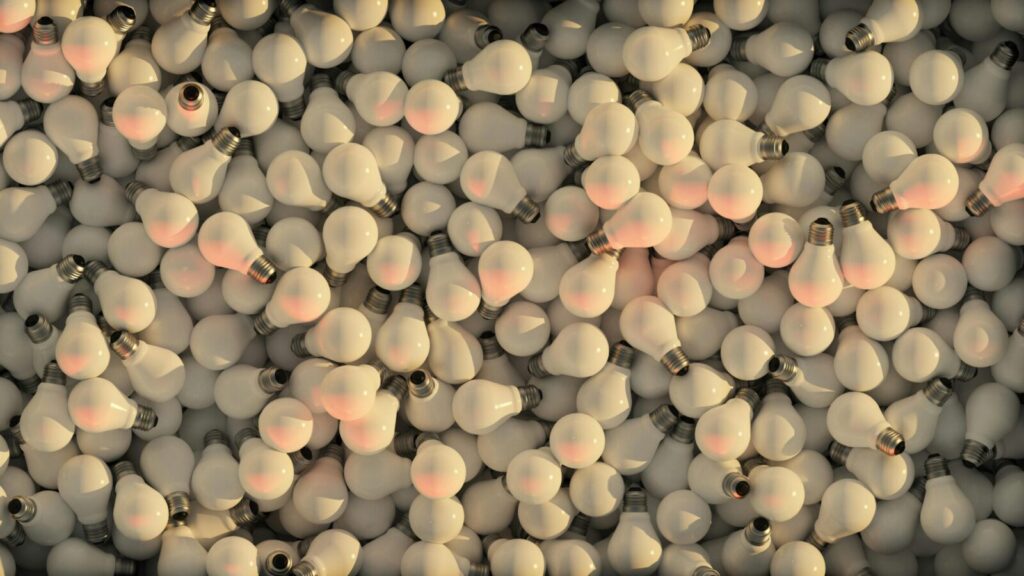
While traditional incandescent bulbs cannot usually be recycled curbside, CFL and LED bulbs often can. They contain metals and electronic components that can be repurposed. Local recycling centers or hardware stores frequently accept these items. Handling them properly ensures hazardous substances like mercury don’t enter the environment. Recycling light bulbs helps conserve resources and reduces energy-intensive manufacturing. Proper disposal also prevents accidental breakage in landfills, protecting sanitation workers and the ecosystem from toxic exposure.
7. Eyeglasses and Sunglasses
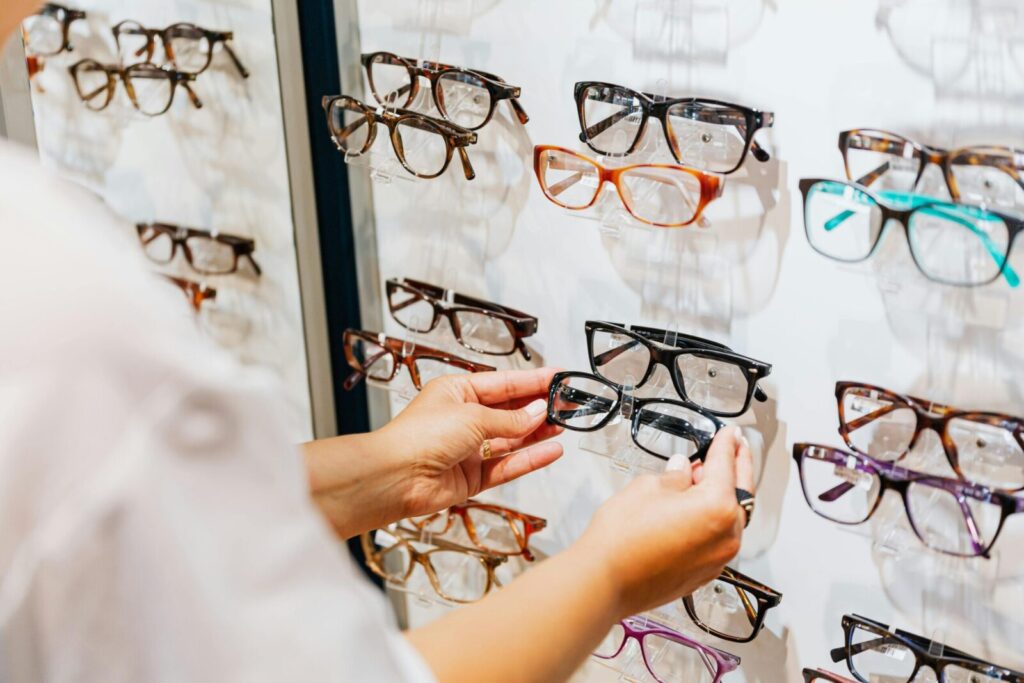
Old glasses are often tossed, but they can be recycled or donated. Organizations collect frames and lenses to refurbish and provide them to those in need. Even broken frames can be melted down and converted into new materials. Local optical shops or charities often have drop-off programs. Recycling eyewear not only reduces waste but also supports community initiatives and provides essential vision care to people who cannot afford new glasses. This small action can have a global impact.
8. Cell Phones and Electronics
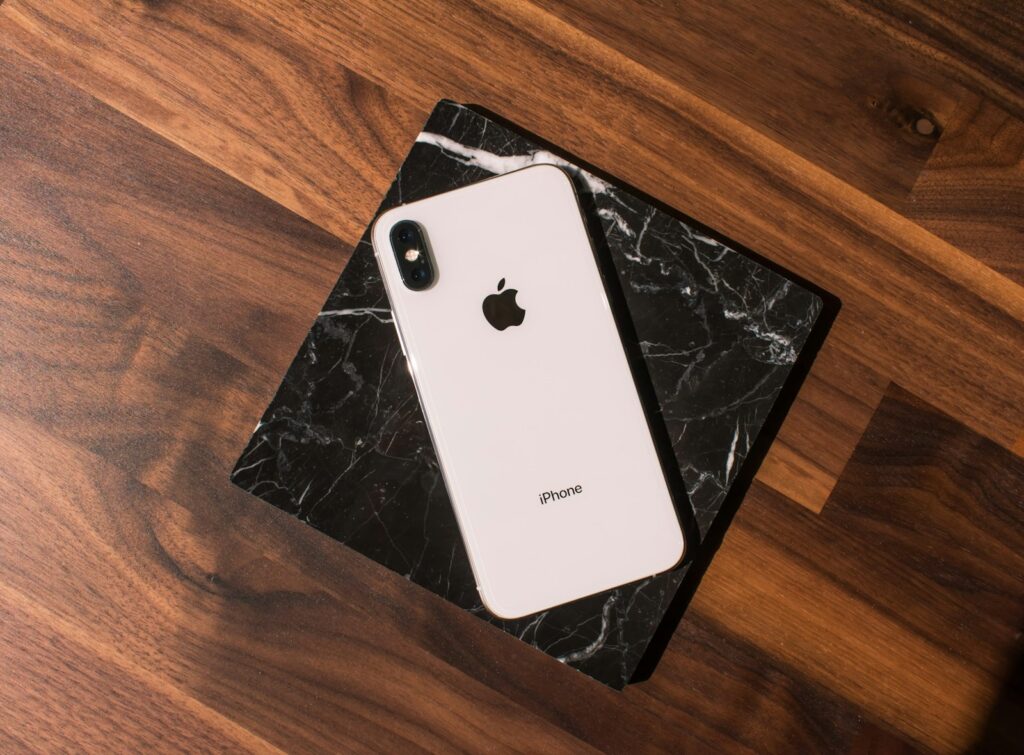
Outdated cell phones, tablets, and small electronics are highly recyclable. These devices contain valuable metals such as gold, copper, and silver that can be recovered. Many retailers and manufacturers accept old electronics for recycling. Data should always be wiped before recycling, and accessories like chargers can sometimes be repurposed. Recycling electronics prevents harmful chemicals from entering landfills and reduces the need for mining new metals. It’s an essential practice in our tech-heavy world, ensuring valuable resources are reused responsibly.
9. Plastic Bags and Wrappers
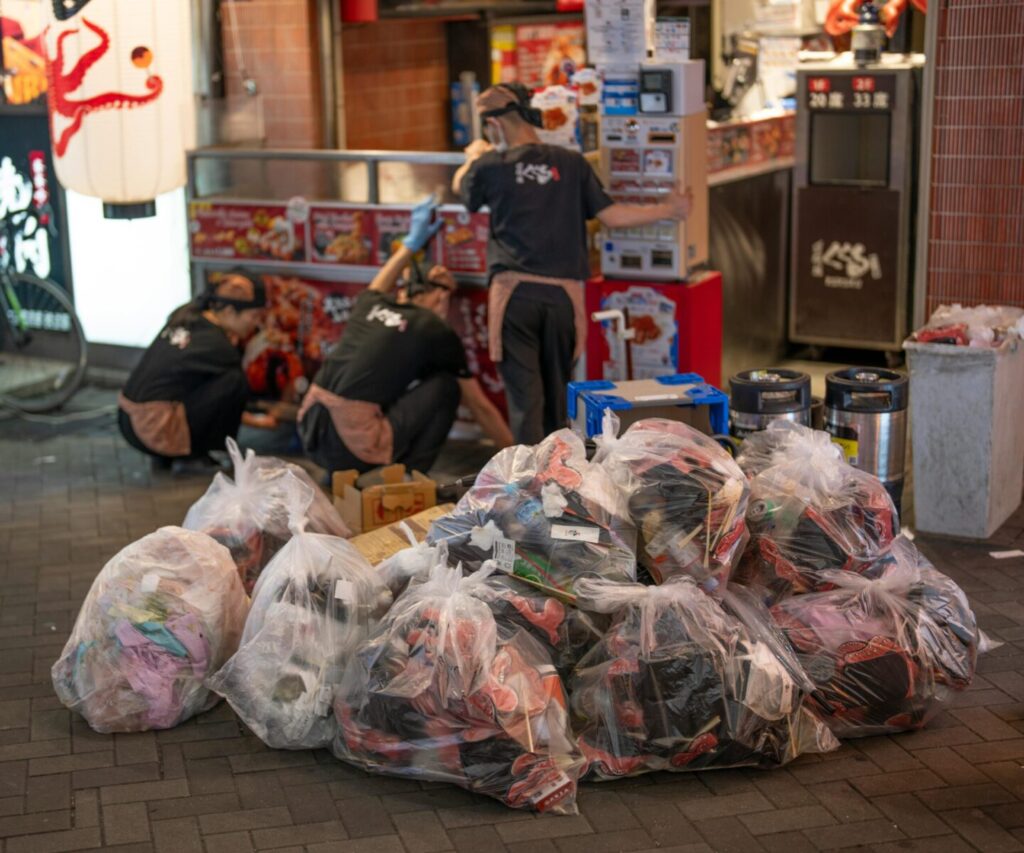
Plastic bags, bread bags, and some wrappers are accepted at many grocery stores for recycling, even though curbside programs often reject them. They must be clean and dry to be processed efficiently. When recycled, they are converted into composite lumber, new bags, or industrial products. Collecting these plastics separately keeps them out of landfills and oceans, protecting wildlife. Small efforts like returning bags during grocery trips can significantly reduce environmental harm while promoting a more sustainable approach to everyday plastic use.
10. Wine Corks
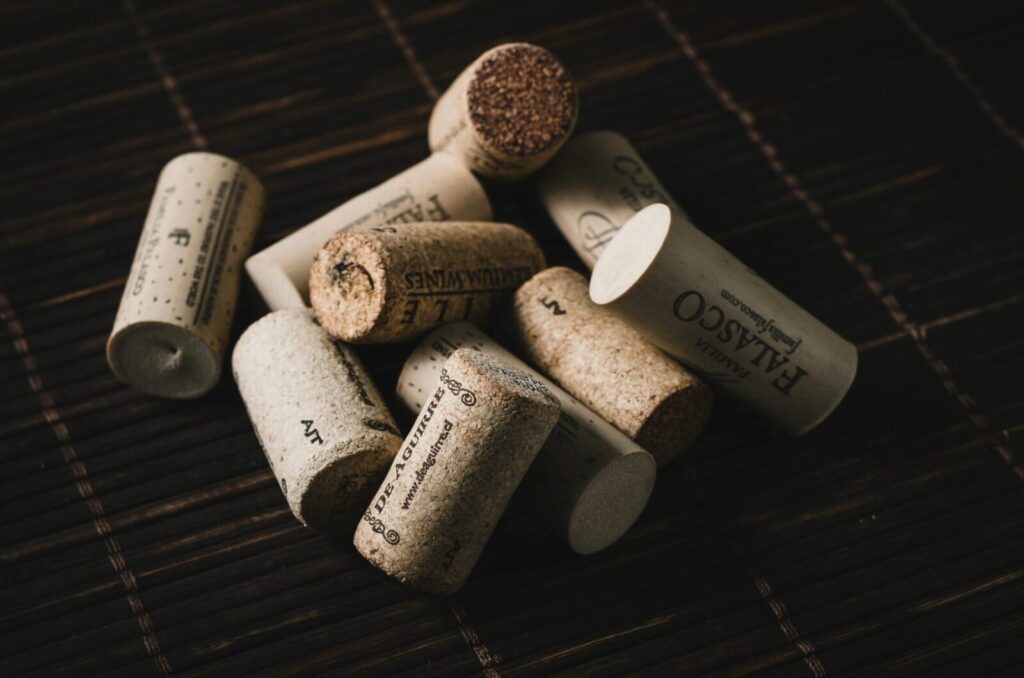
Natural corks can be recycled into flooring, insulation, or new cork products. Many wine shops and wineries offer drop-off points. Synthetic corks may also be recyclable through certain programs. Recycling corks keeps biodegradable material out of the trash and reduces the demand for raw cork harvesting. It’s a surprisingly easy way to contribute to sustainability, especially for those who enjoy wine regularly. By collecting corks, you can participate in a cycle that transforms what was once waste into functional, long-lasting products.
11. Batteries
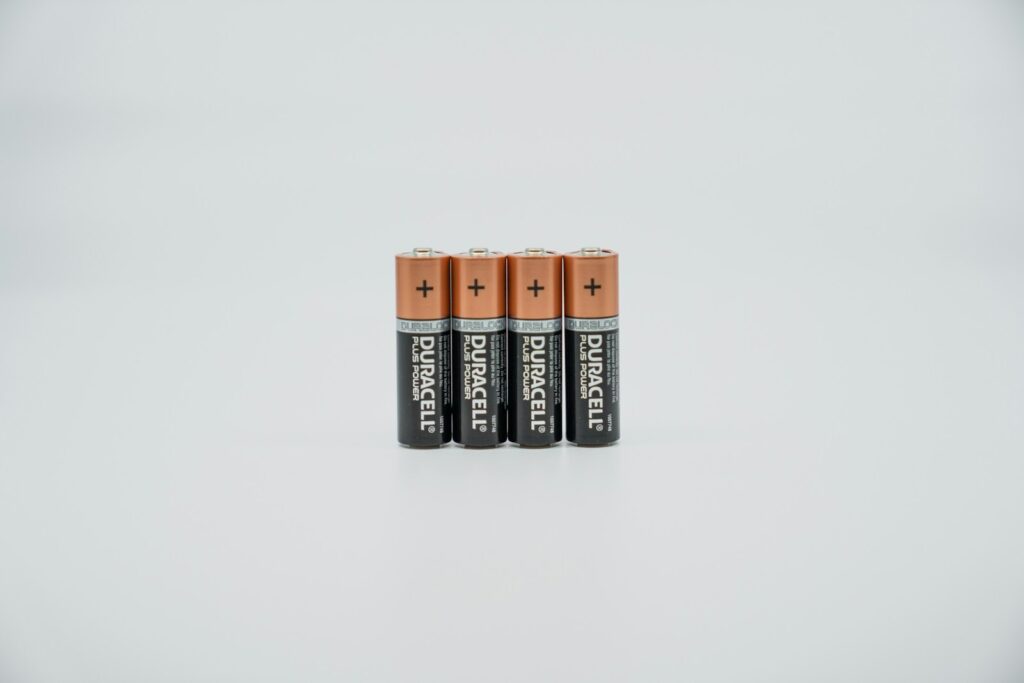
Household batteries, including lithium, alkaline, and rechargeable types, are recyclable. Most curbside programs don’t accept them due to fire hazards, but many retailers and municipal centers have collection points. Recycling batteries recovers metals like nickel, cadmium, and lithium, reducing the need for new mining. Proper disposal prevents toxic chemicals from leaking into soil and water. By collecting and recycling old batteries, households contribute to safer waste management and conserve valuable resources, turning hazardous items into useful materials.
12. Clothing and Textiles

Old clothes, towels, and sheets can be recycled or repurposed instead of being thrown away. Many charities accept wearable items, while textile recycling centers process damaged fabrics into insulation, cleaning rags, or stuffing for furniture. Separating fabrics by material type enhances recycling efficiency. Donating wearable clothing also supports communities in need. Recycling textiles reduces landfill waste, conserves resources used to produce new fabric, and extends the life of materials that would otherwise decompose, contributing to a more sustainable fashion cycle.
Comments